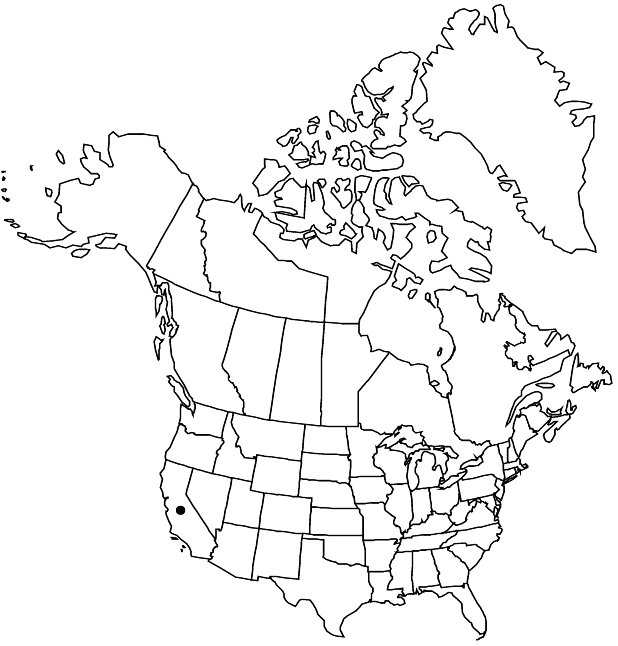Arctostaphylos morroensis
Madroño 5: 42, fig. 2a. 1939 ,.
Shrubs, erect or mound-forming, 1–4 m; burl absent; bark on older stems persistent, gray, shredded; twigs short-hairy with long, white hairs. Leaves bifacial in stomatal distribution; petiole 2–5 mm; blade dull gray abaxially, dark green, ± shiny adaxially, oblong-ovate to oblong-elliptic, 1.5–3 × 1–2 cm, base subcordate to ± truncate (sometimes with vestigial auricles), margins entire, cupped, abaxial surface smooth, densely tomentose, adaxial surface smooth, glabrous. Inflorescences panicles, 2–5-branched; immature inflorescence pendent, (branches congested, bell-shaped, partly framed by bracts), axis 0.5–0.8 cm, 1+ mm diam., short-hairy with long, white hairs; bracts not appressed, leaflike, linear-lanceolate, 5–8 mm, apex acuminate, surfaces puberulent. Pedicels 4–6 mm, hairy or glabrous. Flowers: corolla white, urceolate; ovary densely white-hairy. Fruits depressed-globose, 7–10 mm diam., sparsely hairy. Stones distinct. 2n = 26.
Phenology: Flowering winter–early spring.
Habitat: Maritime chaparral on sandy soils near coast
Elevation: 0-100 m
Discussion
Of conservation concern.
Arctostaphylos morroensis is known from the Morro Bay region in San Luis Obispo County.
Selected References
None.
